Open Protocols Cannot Achieve User Scale, Content Distribution Cannot Drive Transactions, Ultimately Only the Reality of Asset-Driven Paths Remains.
(Background: Friend.tech abandons the project, Farcaster growth stagnates… the three major challenges of decentralized social.)
(Context: Lamentations from the community! Farcaster operational nodes will not receive airdrops, Supercast founder blasts the destabilization of the network.)
ABCDE announced the cessation of new project investments and the suspension of the second phase fund-raising, sparking yet another round of “VC is dead” laments on Crypto Twitter. However, in the previous cycle, VCs flourished, elevating valuations through narrative crafting, packaging each PPT as the future of the Internet. As the leading decentralized social platform that has raised a total of $180 million over two bull markets, Farcaster undeniably represents the best example of VC narratives. Yet, the answer from Farcaster is becoming increasingly clear — it no longer bets on “the imagination of decentralization,” but rather on “the execution of assetization.” Farcaster is not a failed product; it is yet another narrative collapse in the crypto world, where VCs realize they lack the ability to reconstruct the world, merely cashing out of a story that has pre-allocated valuations.
From Farcaster to Warpcast, and Back to Farcaster
Recently, Dan, co-founder of the Farcaster protocol, announced that the team is considering renaming the current official client application known as Warpcast back to Farcaster, and simultaneously adjusting its web domain to farcaster.xyz, aiming to simplify the brand system and resolve confusion among new users between the protocol and the application.
In 2021, Farcaster launched as a desktop product, transitioning in 2023 to mobile and web applications and rebranding as Warpcast. Although the initial renaming was thought to facilitate other developers in building their own clients based on the protocol, thus driving user growth, this vision ultimately did not materialize. Feedback from the team indicated that the vast majority of users still register accounts and access the protocol through Warpcast.
In May last year, BlockBeats published an analysis of the Farcaster ecosystem, noting that the front-end application Warpcast controlled the core functionalities of the Farcaster protocol, such as private messaging and channels. The ecological effect of Matthew was very evident, with unofficial clients struggling to survive in the cracks, seeking to develop functionalities targeting Warpcast’s pain points. Despite this, applications like Supercast and Tako adopted differentiated strategies to develop their own social platforms.
Now, with the Farcaster team officially announcing the renaming of the front-end Warpcast to Farcaster, it undoubtedly backstabs those front-end application developers who chose the Farcaster protocol.
This renaming operation is merely a small reflection of Farcaster’s transformation. Since last October, the Farcaster protocol has made adjustments in various aspects, including product updates, strategic layouts, and personnel changes.
A detail to note is that during subsequent developer meetings, there is no longer a distinction between “Farcaster topics” and “Warpcast updates,” but rather a focus on overall specific issues such as Growth, Direct Cast, lowering registration costs, Hub stability, FIP governance, and identity systems.
However, from the perspective of user stickiness, Farcaster has yet to escape the typical predicament of cold-start platforms. According to Dune data, since the open registration in the second half of 2023, its DAU/MAU ratio has long hovered around 0.2, briefly touching 0.4 at the beginning of 2024 due to DEGEN’s explosive popularity, before quickly dropping again.
The DAU/MAU ratio refers to the ratio of daily active users to monthly active users, used to measure the number of days users interact with the application each month. A value approaching 1 indicates higher user activity; when the value falls below 0.2, the application’s virality and interactivity are weak.
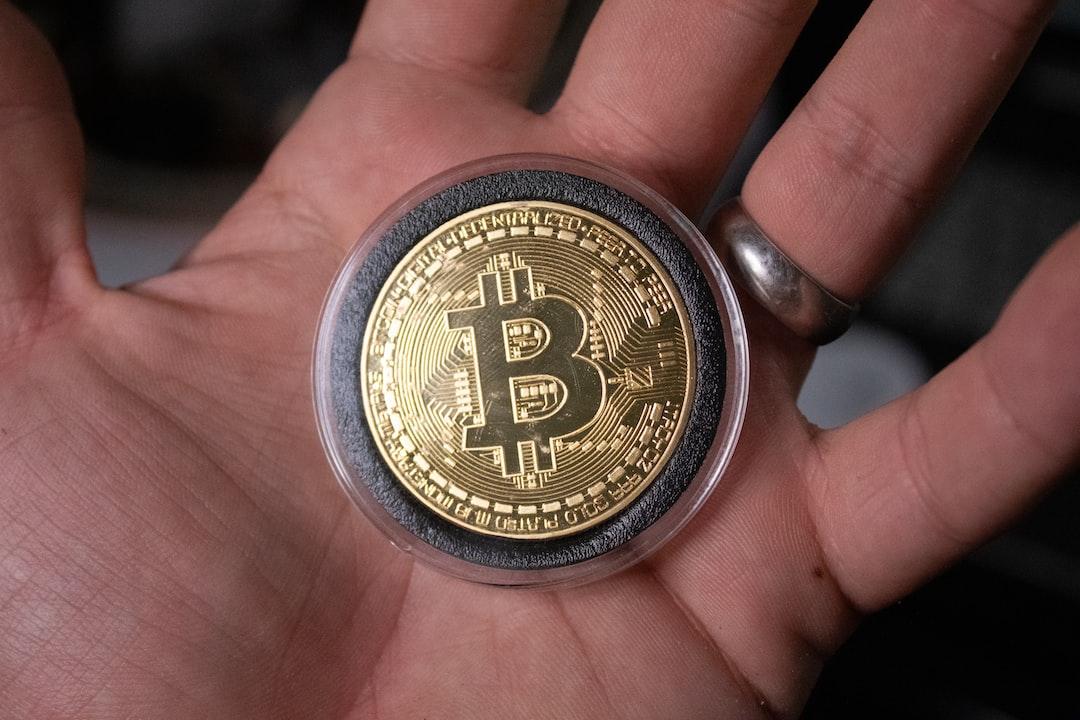
In contrast, early Web2 community products such as Reddit or Mastodon maintain a stable DAU/MAU in the range of 0.25 to 0.3. Even smaller social applications with more niche topics, like Discord servers, often maintain an active ratio above 0.3. The data from Farcaster indicates that despite maintaining high topicality within the Crypto community, user habits have not truly been established. Active users are mainly concentrated among a few heavy creators and on-chain natives, with no sustainable content consumption or social closed-loop formed.
Content Creation? Asset Management? Farcaster Has No Answer.
In the initial product logic, Farcaster attempted to construct a decentralized social map through content tools, with channels (similar to topic groups) being the core unit for carrying communities and traffic in this map. However, the incentive effects of assets quickly surpassed the self-organizing capabilities of content, leading to a shift in product logic.
The Abandoned Channel
In February 2024, the social token $DEGEN gained popularity in the Degen channel on Warpcast, becoming the main driving force for Farcaster’s breakout. At that time, Farcaster had only opened network registration four months prior, with daily active users exceeding 30,000. As the $DEGEN token fermented, and similar popular channel tokens like Higher emerged, Farcaster’s daily active users peaked at 70,000.
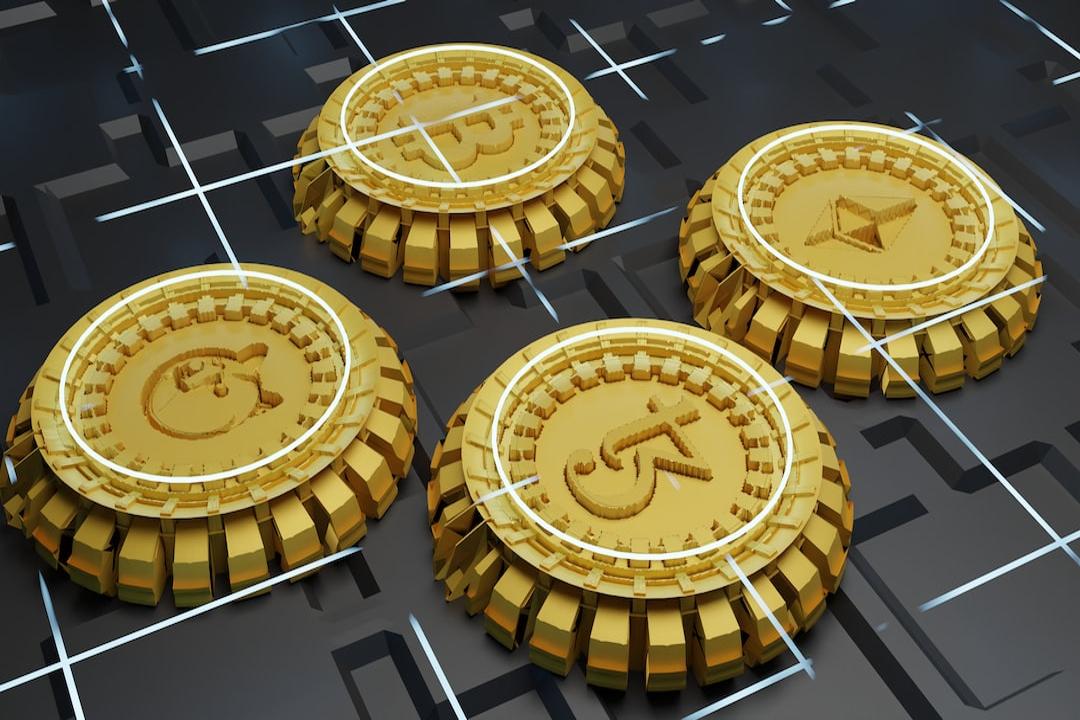
The Farcaster team recognized that channels could serve as a medium to gather people, attention, and liquidity. Co-founder Dan believed this set Farcaster apart from centralized social media like Twitter, allowing small communities to emerge within a larger social map. Although it was just a feature of Warpcast, the plan was to fully decentralize, enhancing user engagement and creating a more intimate social experience through fostering these small, concentrated communities.
The team thus established the core development positioning of channels, creating various concepts around it, including various rights of channel owners and channel ownership, even deriving projects and clients centered around channels. Dan even urged users not to rush to register channel names, so they could later sell them to brands, referencing past conflicts over channel names between the podcast Bankless and users.
However, this approach did not last long. In July 2024, bottlenecks in the network expansion of the Farcaster protocol emerged. In developer meetings, the team stated that it would pause the decentralization of channels and rethink the implementation path.
In response to users asking why they could not speak in certain topical channels, Dan stated that channels would not bring any extra distribution bonuses. There had been such instances in the past, but the results were poor. He noted, “Channels are suitable for operating communities but not for discussing a specific topic; we will not recommend them to new users.” Historical data shows that channels have limited impact on user growth. Given limited resources, the Farcaster team will have no plans to continue adding features for channels in the short term.
Replacing product prioritization are Mini Apps and Wallets, which transform Farcaster from a social protocol focused on content and social maps into a protocol emphasizing transactions, as the latter can attract more native users in the Crypto space.
Built-in Wallet Intensifies Monopoly
In a podcast, co-founder Dan shared his latest understanding of the concept of “users”: users who merely register accounts and engage in light interactions superficially increase activity levels, but those who truly add value to the network are wallet users who hold crypto assets and are willing to interact on-chain. This refined understanding of users directly influenced the team’s product strategy concerning the wallet system.
By the end of November 2024, Farcaster began exploring the integration of tradable wallets within the application to facilitate on-chain transactions. The goal is to enhance ecological stickiness and monetization potential by increasing the frequency of on-chain interactions. In fact, every Warpcast user is preset to create a “Farcaster wallet” upon registration, which is linked to their user identity for logging into Warpcast and Frames. However, since it is only stored locally on the phone, its functionality is still more focused on authentication and signing rather than capital flow.
In contrast, the newly launched “Warpcast Wallet” is a wallet capable of sending and receiving assets. Users can automatically generate it upon registration and use it for token deposits, exchanges, transfers, and on-chain interactions.
The timing of Farcaster’s inception of a built-in tradable wallet inevitably evokes thoughts of Clanker.
Clanker is a token issuance AI Agent on Warpcast, where users can post and tag Clanker to release tradable tokens on Uniswap; its official token $CLANKER skyrocketed 20 times in November last year, turning Base and Warpcast into competitors in the AI concept arena alongside Solana. Due to the wealth effect of $CLANKER, Farcaster’s daily active users surpassed a new high since last summer.
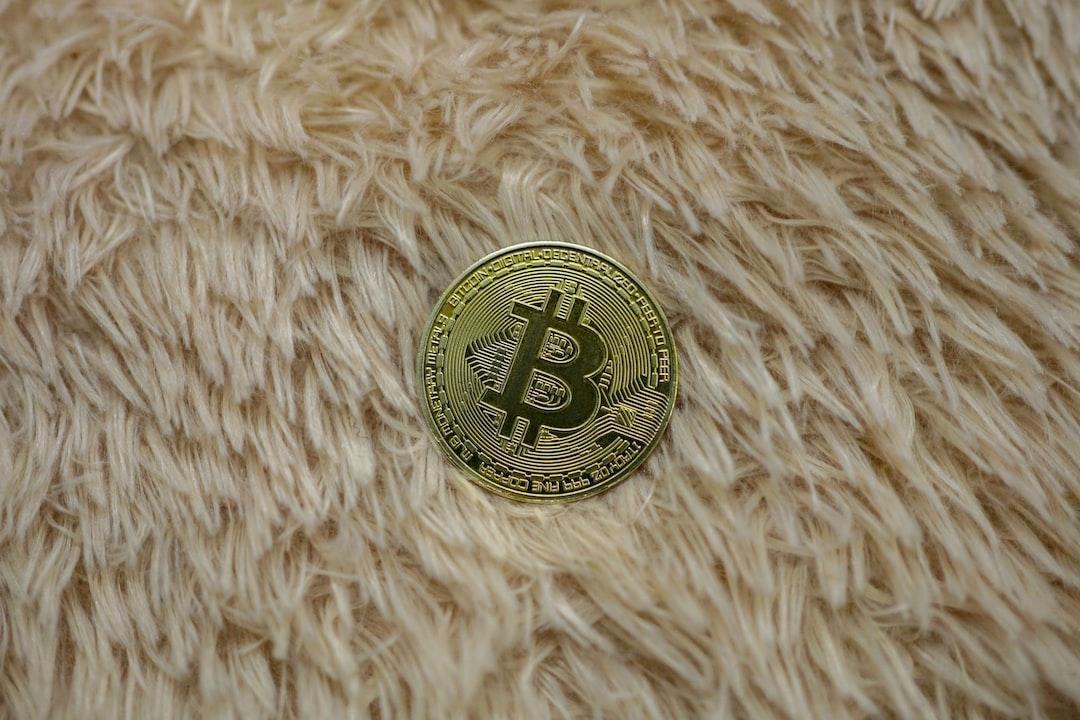
Unlike $DEGEN, which had a different fate, $CLANKER, as another breakout asset emerging from Warpcast, has been closely monitored and supported by the team and core circle from the very beginning. However, throughout this process, Agents, DEXs, and C-end wallets all benefited from this asset issuance frenzy, while Warpcast did not receive any economic returns.
The success of Clanker made the team realize that to facilitate more on-chain interactions within the Farcaster ecosystem, mere reliance on open protocols and third-party integrations is insufficient; a native tradable wallet system must be mastered, leading to the birth of Warpcast Wallet.
In terms of product design, the role of Warpcast Wallet is to bridge user socialization and on-chain growth — users can complete transactions, tips, or claim airdrops simply by selecting Frame, without needing to switch or connect to external wallets. This “social equals finance” product logic makes Farcaster resemble a “Singapore” in the crypto world — with a small user base, but high wallet activity and average capital volume.
According to official documents, when users use Warpcast Wallet, they must pay a 0.85% transaction fee, with 0.15% going to the routing provider 0x protocol and 0.70% directly contributing to Warpcast’s revenue. Dune data shows that since its launch, the revenue curve of the Farcaster protocol has continued to grow, preliminarily validating the feasibility of an embedded wallet as a commercialization path.

However, it is noteworthy that the built-in wallet of Warpcast has not been written into the protocol layer. Coupled with the plan to rename the Warpcast client back to Farcaster, BlockBeats…
Some Farcaster developers believe the protocol is becoming increasingly centralized and monopolistic.
The biggest innovation is merely “WeChat Mini Programs”
After the introduction of the built-in wallet, Farcaster has progressed more smoothly towards being an asset-oriented social application. The official statement indicated that one of the goals of launching the wallet was to attract developers to build applications based on the Frame framework, thus promoting the integration of transaction behavior and content distribution.
Frame was first launched in early 2024 as a lightweight application standard executed on the Farcaster protocol, allowing developers to embed small programs into social clients. When users click on Frame, developers can identify their wallet addresses and push content or trigger interactive operations. However, with the overall decline in the popularity of Farcaster, the use of Frame has also shown a significant downward trend.
To address this situation, Farcaster launched Frame v2 at the end of 2024. The new version supports building applications that provide a near-native experience using HTML, CSS, and JavaScript. Developers can also quickly deploy products with the Mini App SDK without going through the application store review process. Frame v2 not only enhances interaction complexity but also deeply integrates with the built-in wallet, further strengthening transaction attributes, making the overall experience closer to WeChat Mini Programs.
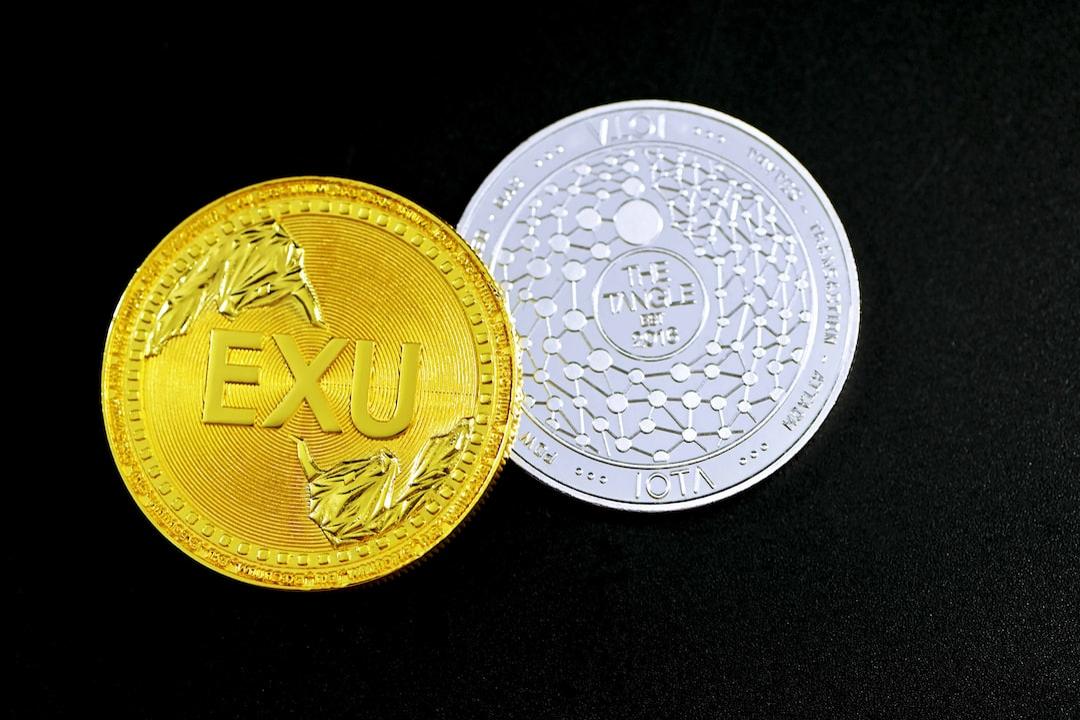
In March 2025, Linda Xie, co-founder of Scalar Capital and Bountycaster, joined the Farcaster team to oversee developer relations, focusing on the development and promotion of Frame. At the same time, Farcaster launched an “Airdrop Program” to encourage developers to build applications using Frame v2 and reach users through asset airdrops. Although this mechanism is not an official token airdrop, it effectively activated user growth. In mid-March, the daily active users of Farcaster briefly surpassed 40,000, reaching a temporary peak.
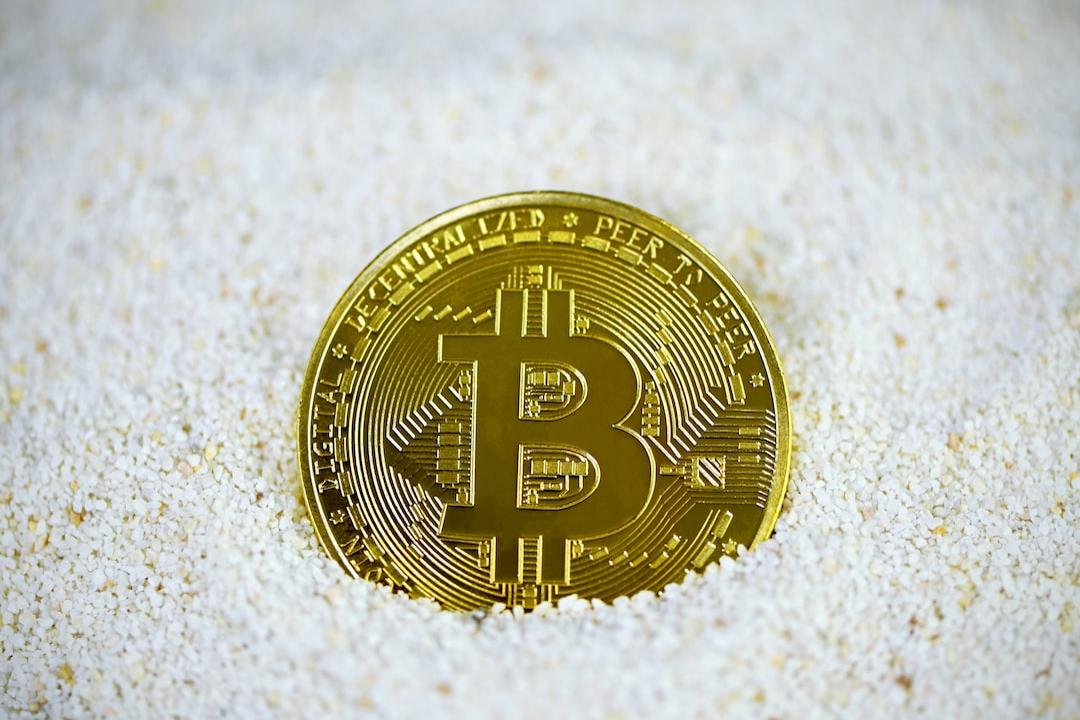
At the beginning of April 2025, Farcaster officially renamed Frame to Mini App and placed it alongside Wallet in the bottom navigation bar of the Warpcast client. Currently, Warpcast has integrated a batch of lightweight applications supporting on-chain interactions, with Mini App officially becoming an important part of the ecosystem. However, from the user growth data, the user acquisition capability of Mini App has not yet been significantly unleashed, and its long-term impact remains to be observed.
“Web3” fades, Silicon Valley legends fail
In fact, the changes in Farcaster are not unique; they have merely exposed the structural dilemmas of the entire Web3 social track—open protocols cannot generate user scale, content distribution cannot drive transactions, ultimately reverting to the only realistic path of asset-driven models.
Do we really need a “decentralized social platform”? From $DEGEN to $CLANKER, every breakout moment for Farcaster has almost been linked to assets. The real driving force behind the surge in daily active users has not been the evolution of the protocol or innovation of the client, but the wealth effect driven time and again by tokens. This recurring pattern reveals a core fact: Farcaster is not “unused,” but rather “only used when there is money to be made.” These platforms do indeed meet certain market demands, but their role is not as social networks; they function more as asset distributors.
This is not coincidental but rather an inevitable result of the long-term misalignment between crypto narratives and real-world usage. In 2020, BlockBeats published an article titled “The World Hates Today’s Social Media,” suggesting that decentralization and protocolization might be the only way for social products to escape the “platform dilemma.” Amid increasingly stringent content review and platform monopolies, open protocols carried the hope for a “new social order.”
At that time, Twitter was labeled as a typical failure of unfulfilled protocols: it briefly opened its API to encourage developers to build an ecosystem but ultimately reverted to the old path of advertising platforms and data monopolies. Farcaster’s initial ambition was “not to become the second Twitter,” claiming to center itself around open protocols to connect developers, users, and assets to achieve a decentralized social network of co-construction and win-win outcomes.
However, three years later, what Farcaster has replicated is not the original protocol ideals of Twitter but rather its later platform logic. Dan, who once called on everyone to “build their own clients based on protocols,” has now personally announced that the client will also be called Farcaster, closely tying “protocol” to “product.”
This shift is rational at the level of product seeking PMF and can even be viewed as a realistic compromise, but it also indicates that the so-called “open ecosystem” has quietly been repurposed as a narrative tool for user growth. The role of developers is not to be genuinely supported but to serve as a storytelling device. Like when Twitter shut down its API, the developer ecosystem has merely become temporary fuel for the platform’s closed loop.
Farcaster has taken three years to prove one thing: social protocols in a crypto context cannot form the ecosystem we anticipated in 2020. It’s not because no one is developing clients but because no one is using them. It’s not due to a lack of decentralization but because decentralization is simply not what users care about.
Today, SocialFi, like GameFi, has been labeled a death track to some extent. Recently, a certain KOL criticized the founders of decentralized social applications, saying, “After so long in traffic, my followers are still not as high as an ordinary KOL; what capability do you have? Your company raised $2M, what have you done? You haven’t earned as much as my SOL wallet.” This brings a wry smile and leads one to reflect that the era of relying on narratives for infrastructure is over, and the valuation systems of all VC projects are being restructured.
Crypto is not the “next internet”
However, a16z is the biggest evangelist of this narrative, having invested early in social media like Twitter and Facebook. When the investment behemoth encounters decentralized social products, it naturally cannot ignore their existence. As a Google executive remarked, “They are like madmen, boldly inserting themselves into every transaction.”
a16z stands for Andreessen Horowitz, named after the surnames of its two founders, Marc Andreessen and Ben Horowitz, who established it in 2009. As a renowned software catcher, it has backed nearly all the most dazzling companies in the internet space: Facebook, Twitter, Airbnb, Okta, Github, Stripe, etc., and its investment strategy combines early sensitivity with decisive growth-stage actions, able to invest in Instagram during its seed round and enter Github amid A round competition, as well as leading Roblox’s $150 million investment in its G round.
Its keen foresight and bold investment style are vividly reflected in its layout in the crypto field. In 2013, Coinbase, in which it invested, reached a peak market value of $85.8 billion upon going public, making it one of the largest public companies in tech history. After cashing out $4.4 billion, a16z still holds 7% of the company’s shares. OpenSea, Uniswap, dYdX, and other well-known crypto projects are also representative works of a16z.
The crypto bull market since 2021 has caused the market value of various VC portfolios to soar, with fund returns reaching 20 times or even 100 times, making crypto venture capital suddenly look like a money printing machine. LPs flocked in, eager to catch the next wave. The scale of new funds raised by venture capital firms is ten times or even a hundred times that of previous amounts, firmly believing they can replicate those extraordinary returns.
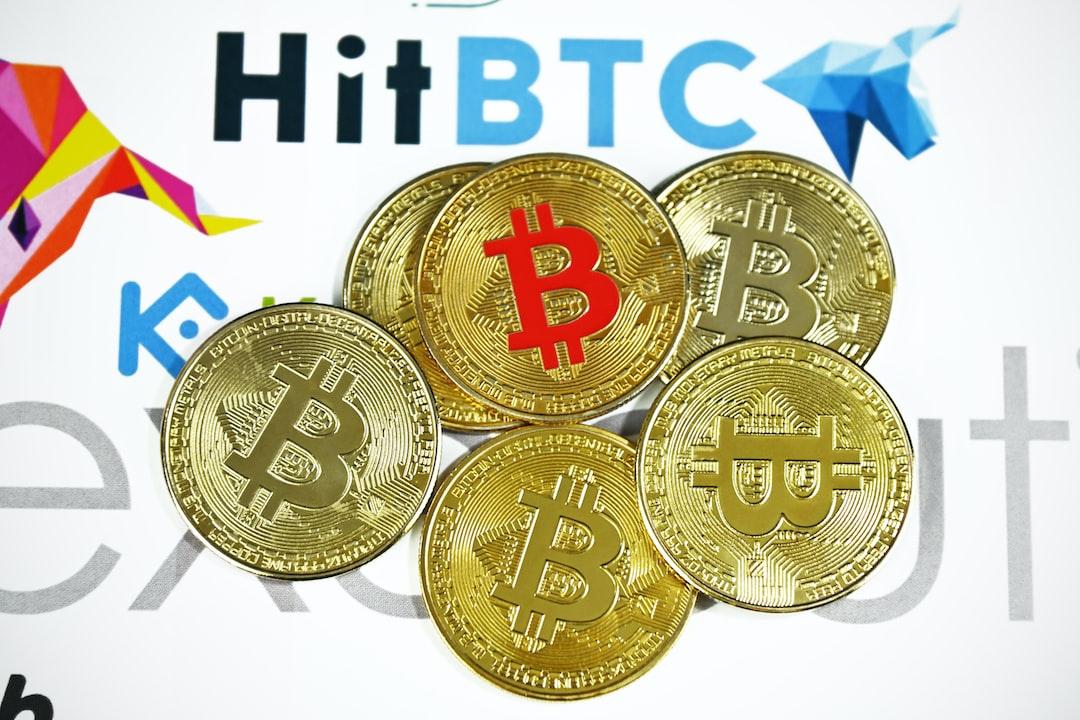
Farcaster is undoubtedly a product of this liquidity surge. In July 2022, Farcaster announced that it had completed $30 million in financing led by a16z. Two years later, Farcaster completed $150 million in financing at a $1 billion valuation, led by Paradigm, with major VCs including a16z crypto, Haun, USV, Variant, and Standard Crypto participating. With a valuation of up to $1 billion, it became the largest financing in the history of Web3 social tracks. At that time, Fortune magazine commented that this valuation was more a result of internal fund circular gaming rather than a genuine reflection of market demand.
Crypto investor Liron Shapira stated, “If VCs still have LP capital available, choosing to invest $150 million rather than returning it can yield an additional $20 million to $30 million in management fees.” This is not the market’s recognition of Web3 social but a self-consistent closed loop of capital operations. Fortune magazine also reported that an anonymous source, due to business constraints, expected Farcaster to launch a token, with investors eager to capture its fully diluted value like most protocols.
A16z partners have suggested that “technological waves often appear in the form of combinations,” endorsing the intersection of Web3, AI, and hardware. However, they have avoided a fundamental fact: every leap in mobile internet, whether smartphones or search engines, has been built upon real user pain points and technological breakthroughs, not structural bubbles under capital narratives.
“Technology eats the world” was once a radical yet precise judgment, but its applicable premise is that technology possesses overwhelming advantages at the foundational level. AI has exploded because it challenges individual intelligence—an unresistable structural capability difference; blockchain challenges “sovereign currency,” a credit system that has remained unchanged for two millennia. It will not disrupt social structures explosively like the internet or AI but will slowly evolve over long cycles, being absorbed and co-opted by the vested interest systems, ultimately rewritten as part of the existing order.
Thus, the reality is that the crypto systems truly accepted and creating value by users are almost without exception “mechanism-driven + liquidity-first.” From Uniswap to Lido, from GMX to friend.tech, they rely on the attraction of capital rather than idealism. The VC model of “investors driving world change” does not apply in this world.
Crypto has never lacked social tools; the so-called protocol ideals are merely projections of the industry’s illusion toward the internet platform era. It attempts to replace business models with consensus mechanisms but ultimately only postpones structural issues to the asset realization phase.
Currently, the biggest crisis in the crypto industry is not regulation, nor technology, but strategic confusion and a vacuum of demand. Apart from “casino logic” and cross-border payments, there is hardly any field demonstrating the ability to continuously create user value. The failure of VCs is fundamentally a directional silence under a lack of value: if the industry itself lacks real value, then value discovery cannot even be discussed from the outset.



